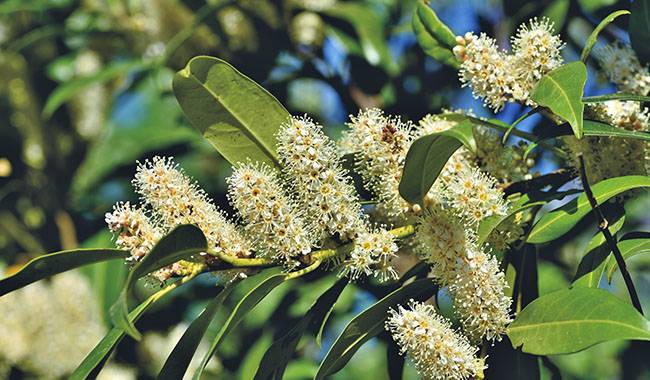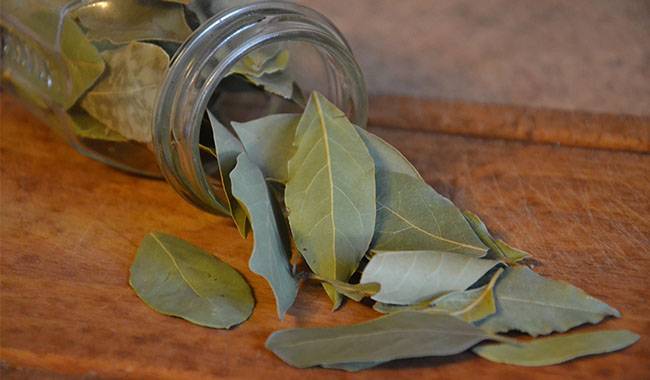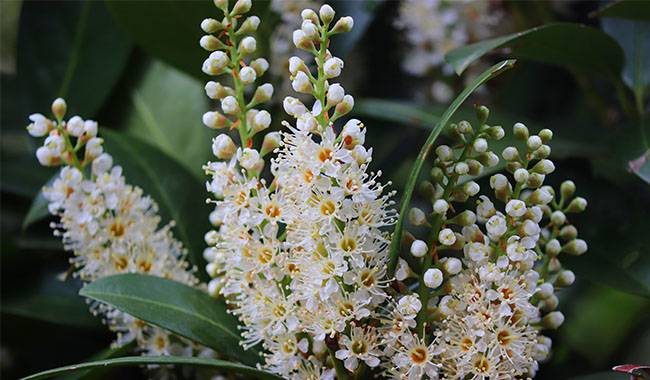
The noble Laurels plants are the easiest to grow among the spicy, essential, and medicinal plants in room form. If given regular and straightforward care, Laurels plants can become a real interior decoration. And you can pick and dry the leaves of the fragrant, elegant, evergreen plants to use as a home spice. But you will have to sacrifice some lushness for this. Few can compete for the beauty of silhouette and the nobility of texture. And the relative simplicity of the legendary plant in a room can be a pleasant surprise. You will learn how to grow Laurels plants in the ThumbGarden article.
LEGENDARY HOUSEPLANTS-LAURELS PLANTS
One of the oldest introduced, medicinal, sacred, and mythical plants, once used to crown the heads of Roman emperors, its value goes far beyond its aroma, enhancing the flavor of soups, meat dishes, and fish. Laurels plants’ antiseptic powers make it a favorite in any landscape design. And its regal appearance has long been a model of classical beauty.
Laurus nobilis is a legendary species that is most often found indoors. Indoor shrubs and trees are several times more compact than natural Laurels plants. Their height is usually limited to 40-80 inches (1-2 m), depending on formation and pruning. But all other features, even with indoor laurels, are not pale in the least.
Smooth brown bark and naturally severe or dense cone-shaped crowns are the hallmarks of Laurels plants. So are the solid or slightly wavy, lanceolate, large, sclerotized, 3-6 inch (7.5-15 cm) long, gray-green above and light-colored below, very fragrant leaves.
Laurels plants are considered a rarity for flowering indoors. It is an ornamental indoor deciduous plant. The small greenish flowers bloom in axillary inflorescences, and the fruits of Laurels plants are very beautiful dark blue, juicy, and fragrant to the bone.
GROWING CONDITIONS FOR INDOOR LAURELS PLANTS

Although it has become a symbol of mainly Mediterranean landscapes, Laurels plants are cultivated everywhere in mild subtropical climates. This plant adapts well to the form of the room, requiring only a moderate imitation of natural conditions, is perfectly tolerant of low light, and does not even require mandatory cold overwintering.
Lighting and placement
Household Laurels plants can only be considered somewhat light-loving. Maximum decorative greenery and growth rate can be achieved in diffused bright light. Plants placed outdoors in summer can also be grown in the fullest sun; in rooms on hot southern windowsills, shrubs may suffer from the midday sun and dry out.
Locations near east and west windows are ideal. Laurels plants are often advertised as shade-tolerant crops. It can indeed tolerate shade, but it barely grows, does not branch at all, and is defenseless to pests and improper care. Lighting for Laurels plants does not have to be as bright as possible in winter; any bright spot in the house is sufficient, but even a semi-shady spot can be uncomfortable. All changes in lighting for Laurels plants should be gentle and gradual.
Temperature and Ventilation
Laurels plants do well at any temperature above 68 °F (20°C) during active vegetation. They are not afraid of heat, as long as they have access to fresh air and regularly watered.
Overwintering of Laurels plants is not the easiest part of their cultivation. Plants are best kept at temperatures between 50-59 °F (10-15°C). Laurels plants are not afraid of cold temperatures and can even tolerate a brief frost of -23 °F (5°C), but it is best not to take them to extremes. If it is not possible to create cool conditions for winter, you need to monitor the moisture content of the soil and air and restore the plants by pruning in spring.
Laurels plants successfully combine garden and indoor undertakings. You can use them for balconies and terraces or outdoor areas. You can bring indoor Laurels plants into your garden as one of the first people to do so. They don’t mind precipitation, but you should consider the stability of the container and protection against wind gusts.
HOW TO TAKE CARE OF LAURELS PLANTS AT HOME

It is no coincidence that Laurels plants are considered the easiest shrubs to grow and the largest “beneficial” shrubs. They require relatively little care, can forgive a few lapses, and are content with simple care without too many frills.
Watering and air humidity
It is enough never to let the ground tassels dry out completely and not to allow waterlogging and soil acidification. Water Laurels plant sparingly in winter. Do not let the lower layer of soil dry out, but let the middle and upper layers dry out. In summer, on the other hand, water more often and water frequently. Drain the tray after 5 to 10 minutes and let the top layer dry only slightly. If Laurels plants are in estrus, they will need to be watered daily or more often.
Laurels plants do not need too much humidity, but they do not like dry conditions either. In hot weather, it is best to incorporate spraying into your care plan as a basic precaution to prevent the spread of pests and to maintain a fresh, rich green color. You can also replace them by placing a tray with moist pebbles or moss.
Room-sized Laurels plants prefer showers, which are the best way to remove dust from the leaves.
Nutrients and Fertilizer Components
Moderate fertilization of Laurels plants during the growing stage is sufficient. Young plants can be given food every 2 weeks. But adults can have enough fertilization once a month from March to October. Any compound fertilizer containing not only macro-nutrients but also micro-nutrients will do the trick.
Pruning and shaping Laurels plants
It is tough to grow Laurel’s plants indoors without pruning them. Laurels plants are one of the best topiary objects in a room. These plants can be easily shaped into cones, pyramids and spheres, boulders, and bonsai trees. Both the strong pruning and pinching methods can be used for pruning.
Basic pruning is usually not done in early spring, but after growth has stopped – from late summer (not before the third decade of August) to October. It is important to leave at least two pairs of leaves when pruning. In the spring, if cut in the fall, re-sprout and thicken the crown, especially if Laurels plants form a round silhouette. Sanitary pruning and removal of dry leaves can be done at any time.
Transplanting, containers, and substrates
There is no need to report Laurels plants every year. Transplant only when the substrate fills the roots, and the plants have nowhere to grow, increasing the diameter of the container by 1-2 inches (2.5-5 cm). When the pot reaches its maximum size, replace the topsoil frequently, every 6 months, instead of replanting.
Large and deep containers should be chosen for the indoor cultivation of noble Laurels plants. It is not a coincidence that it is considered a caged plant even in the room. Natural materials are preferred. Laurels plants are happy with a standard substrate, as long as it is well-nourished and well-drained. A composite universal mixture based on turf soil with the addition of peat, sand, and leaf soil (in a ratio of 4:1:1:2) is usually chosen.
Pests and problems in cultivation
Indoor Laurels plants often suffer from aphids, spider mites, and scale mites. It is easier to prevent problems by showering and spraying than by dealing with pests since even insecticides are not always effective – pests are very fond of this evergreen plant.
Lawrence can develop rot and smoldering mildew if the soil becomes waterlogged or is kept too high in cold temperatures. Therefore, infestation must be controlled by emergency replanting, pruning of affected parts, and treatment with fungicides (preventive treatments last 2-3 years).
Propagation of Laurels plants
Despite its popularity as a plant, propagating Laurels plants is not the easiest task. Cuttings can only be taken in mid-spring (April) and in the first half of summer (June/July). They are rooted under a mulch and kept in a lightly moist substrate and at a temperature of about 77 °F (25 °C). Young plants need cool overwintering and perfect care.
You can also grow indoor Laurels plants from seed. You have to wait a few years for the results, but sowing is not complicated, and the plants develop quickly. Sow Laurels plant seeds in the spring in a 1 inch (2.5 cm) deep mixture of substrate and sand in equal parts. Seeds should be kept warm at 64-73 °F (18-23°C).
Seedlings will be picked after the second true leaf emerges. Usually, two picks are used until the second year before transferring the seedlings to separate containers. The most important thing is maintaining medium air humidity and constant light soil moisture. It is best to keep the plants cool in the early stages of development, and overwintering at lower temperatures is necessary for the seedlings.







